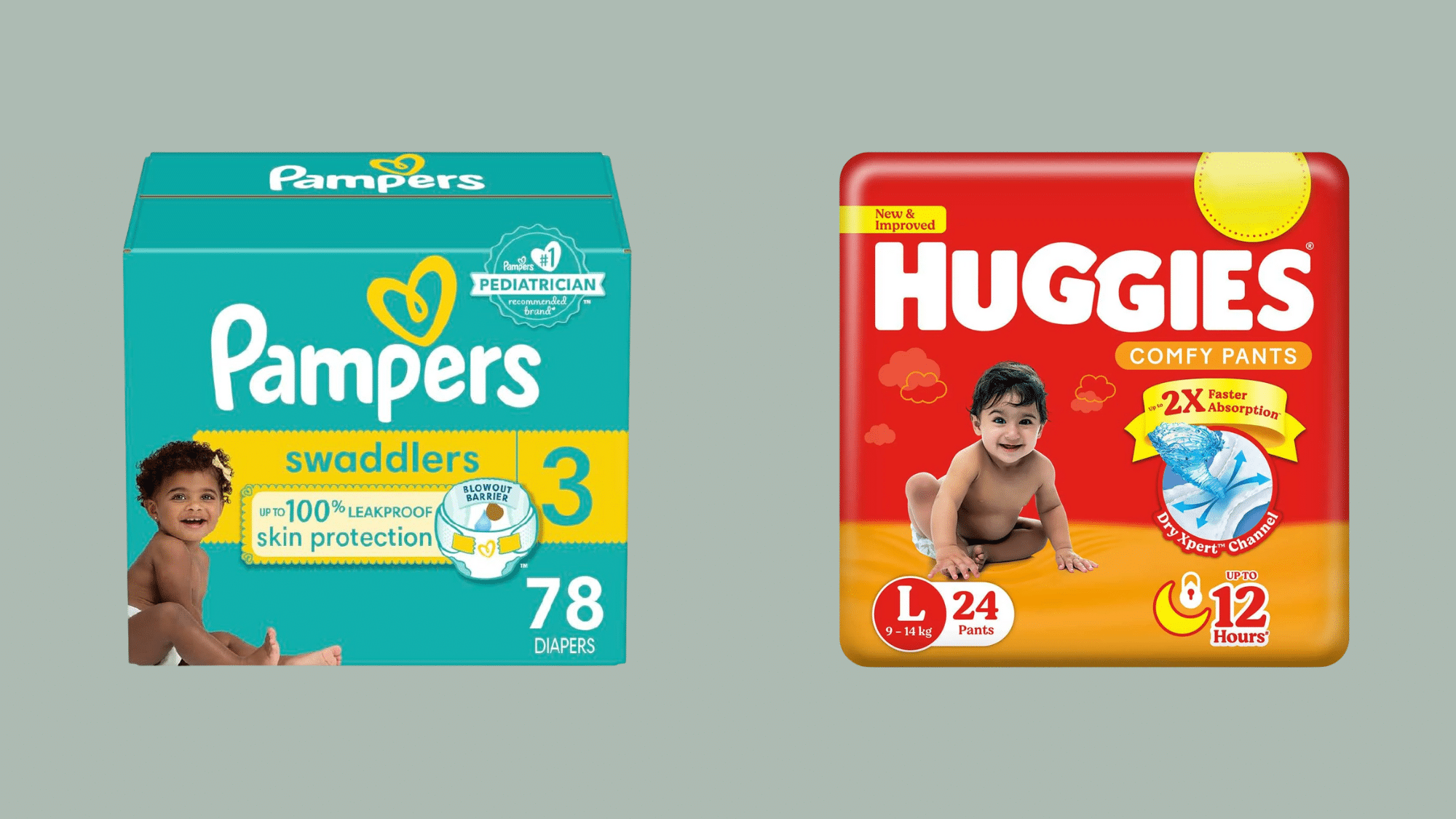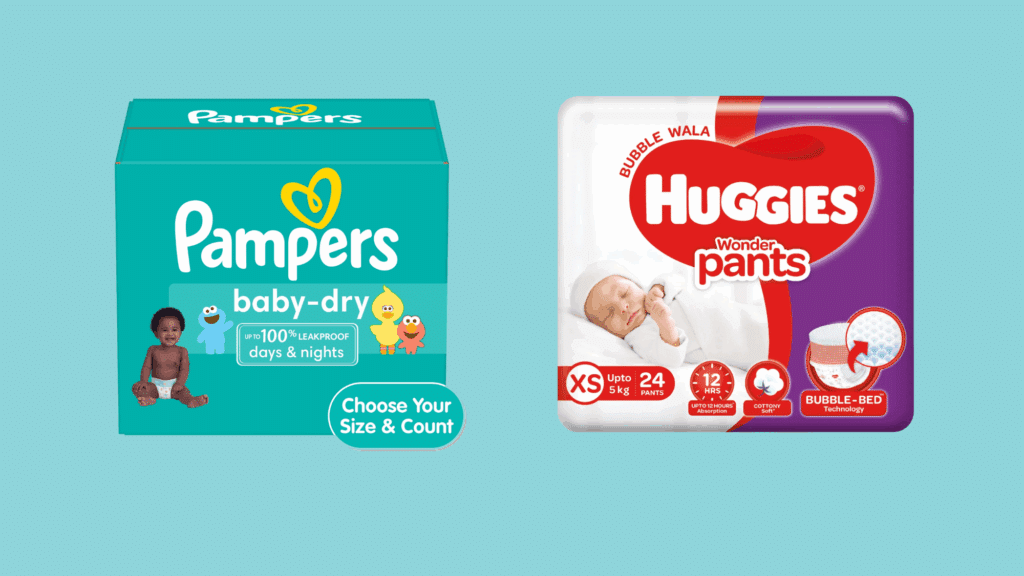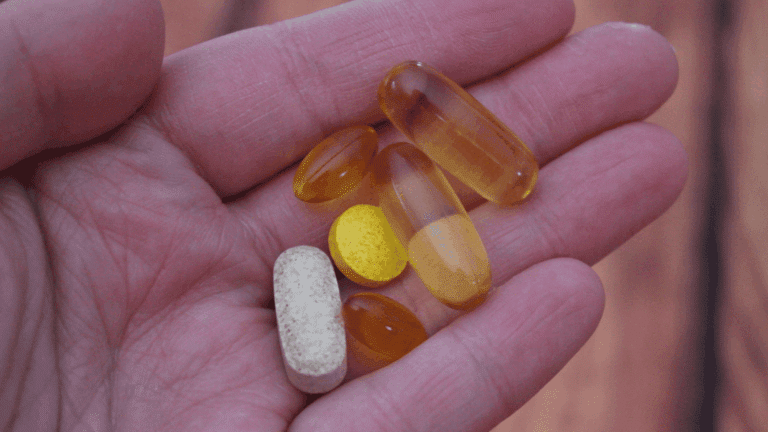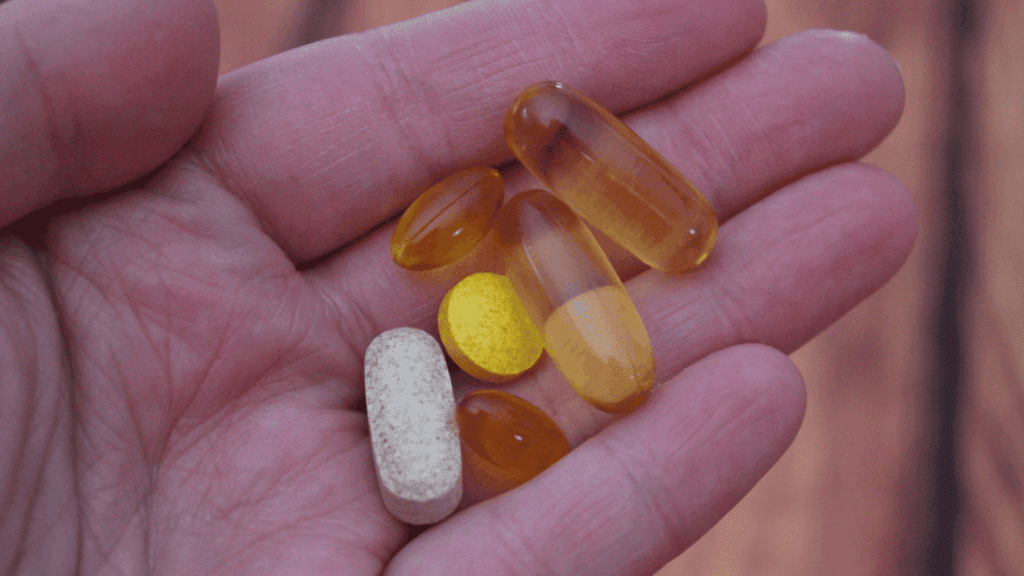Diapers matter, parents stand in store aisles, staring at colorful boxes of Pampers and Huggies, not knowing which to pick.
They worry about leaks during naptime, red marks on tiny legs, and spending too much money on the wrong choice. The stress builds with each shopping trip as they wonder if they’re making the right call for their little one.
Most parents don’t know that the “best” diaper isn’t the same for every baby. What works for one child might not work for another.
This guide will help parents sort through the options between Pampers vs Huggies and find what truly works for their unique baby, not just what TV ads suggest.
What Are the Key Differences Between Pampers and Huggies?

When parents look for diapers, they often wonder about the differences between Pampers and Huggies.
Both brands make good diapers, but they have some key differences. Let’s look at what makes each brand stand out in a few important areas.
Material and Comfort
Pampers diapers often feel softer on a baby’s skin. The inside layer touches the baby’s bottom with a smooth texture. Some parents find Huggies diapers a bit thicker. Some babies may react better to one brand than the other.
Parents should check how their baby’s skin looks after using each type. The materials in both brands aim to keep babies dry and happy all day.
Absorbency and Leakage
Parents care a lot about how well diapers hold wetness. Pampers tend to work well for babies who wet a lot at once.
Huggies might be better for active babies who move around. Both brands try to stop leaks in different ways.
Parents often need to try both to see which works better for their baby. Testing during the day and night can help find the right match.
Fit and Size Options
The way diapers fit can affect their effectiveness. Pampers often have a more snug fit around the waist and legs.
Huggies makes diapers with a band that wraps around the back. Both brands offer many sizes from newborn to bigger toddlers.
The right fit helps stop leaks and keeps babies happy. Parents might need to try both to find which shape works best.
Price Differences
Money matters when buying diapers every week. Store sales can make either brand cheaper at different times.
Pampers sometimes costs more per diaper than Huggies. Buying in bulk or using coupons helps save on both brands. Store brands might cost less, but work differently. Smart parents watch for deals and stock up when prices drop.
Extra Features
Each brand adds special touches to its diapers. Pampers has a line with lotion to help skin stay soft.
Huggies makes some styles with grip tabs that stick well. Both offer wetness marks that change color when wet.
Both brands offer special types for swimming or potty training. These extra bits can help parents choose the right diaper for their needs.
What Are the Pros and Cons of Pampers and Huggies?
| Brand | Pros | Cons |
|---|---|---|
| Pampers | Soft and gentle on the baby’s skin | It can be more expensive than other brands |
| Excellent leak protection with wide coverage | May not fit as well for all body types | |
| Available in a variety of styles for different needs | Some parents report that the sizing can run small | |
| Often praised for its absorbency, especially overnight | It can sometimes be a bit bulky | |
| Trusted brand with consistent quality | The scent can be strong for some users | |
| Huggies | Known for good leak protection, especially around the legs and waist | Some users find that the diapers are not as soft as Pampers |
| Offers a snug fit, reducing the chances of leakage | Can be more expensive than store brands | |
| Generally softer and more breathable, reducing rashes | It may not always be as absorbent during overnight use | |
| Available in eco-friendly options (Huggies Special Delivery) | The design may not always fit perfectly for all babies | |
| Trusted by many parents for its comfort and protection | It can be a bit thicker compared to other brands |
Tips for Deciding: Pampers or Huggies?
Picking the right diaper brand can be tricky. Here are some helpful tips for parents who are trying to choose between Pampers vs Huggies:
- Try small packs first – Buy the smallest pack of each brand to test before getting a big box.
- Check for leaks – Keep track of which brand has fewer leaks for your baby.
- Look at fit – See how each brand fits around your baby’s legs, waist, and bottom.
- Watch for red marks – Check your baby’s skin after wearing each brand for signs of rubbing.
- Test overnight – Try both brands during long sleep times to see which keeps baby dry longer.
- Compare costs – Look at store sales and use coupons to see which brand saves you money.
- Feel the materials – Touch both diapers to see which feels softer for your baby’s skin.
- Ask other parents – Talk to friends with babies about which brand worked best for them.
- Take notes – Write down how each brand works for your baby for a week.
- Trust your eyes – The best diaper is the one that keeps your baby happy and dry.
The Bottom Line
The Pampers vs Huggies debate comes down to one simple truth: babies are different. What keeps one baby dry might leave another with leaks.
Each brand has its strengths – Pampers often wins for softness and absorbency, while Huggies may work better for active babies with bigger legs.
So what’s a parent to do? Start small. Buy the smallest packs of both brands and test them for a few days each. Watch for leaks, check for red marks, and see which one holds up overnight.
Take notes about fit, softness, and how happy the baby seems. The best diaper isn’t the one with the cutest cartoon or the fanciest ads.
It’s the one that keeps your baby comfortable, prevents leaks, and fits your budget. Trust your eyes and your baby’s comfort, they’ll tell you everything you need to know.


















